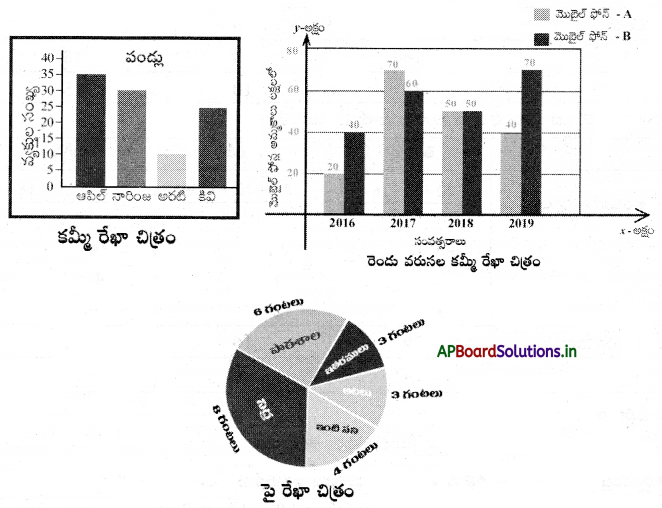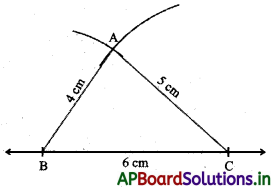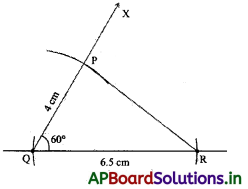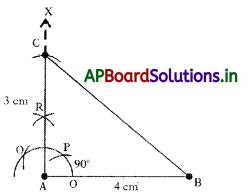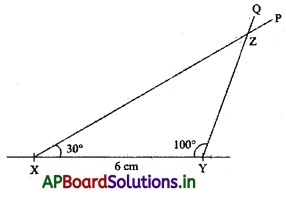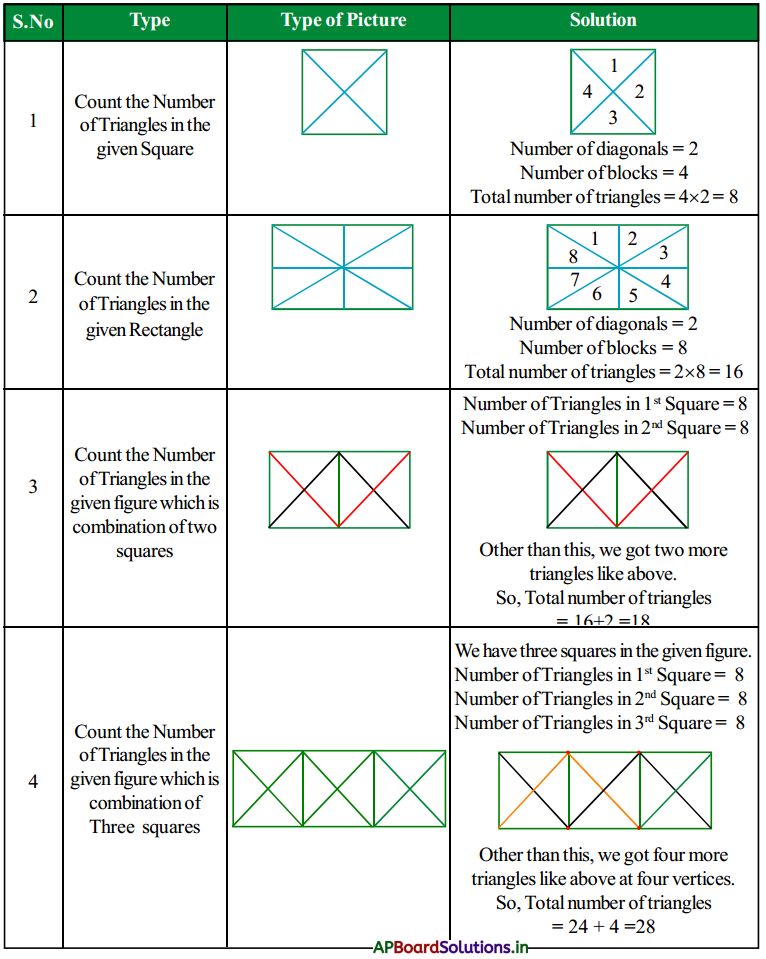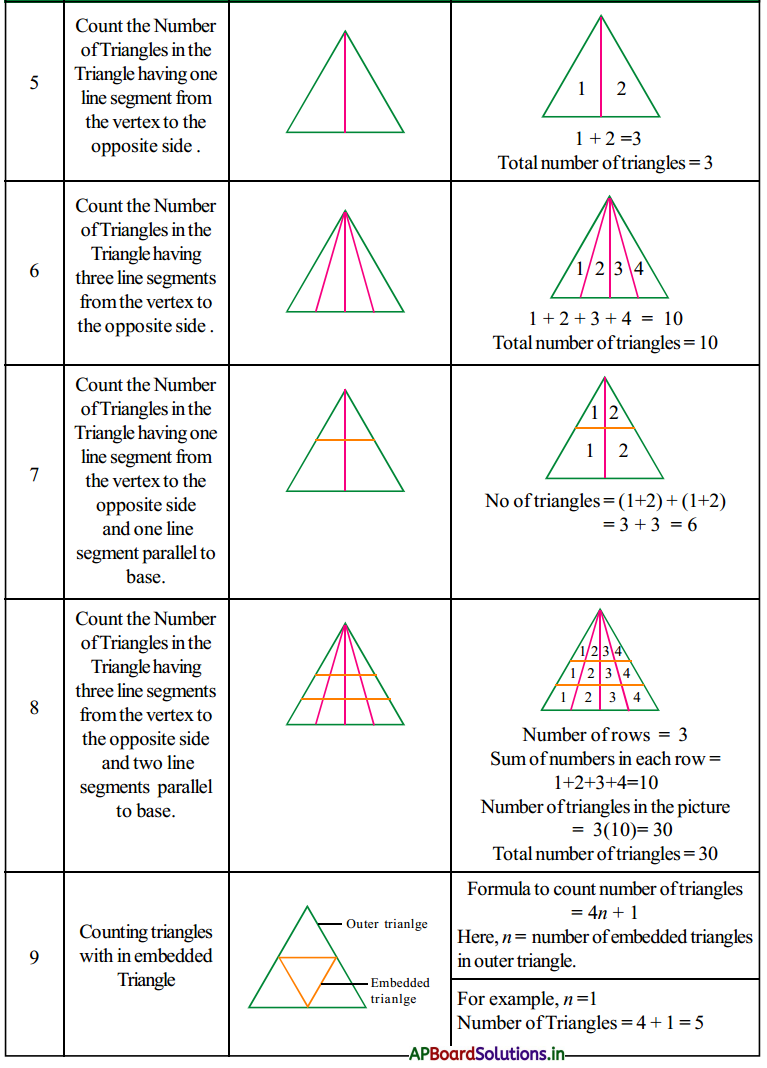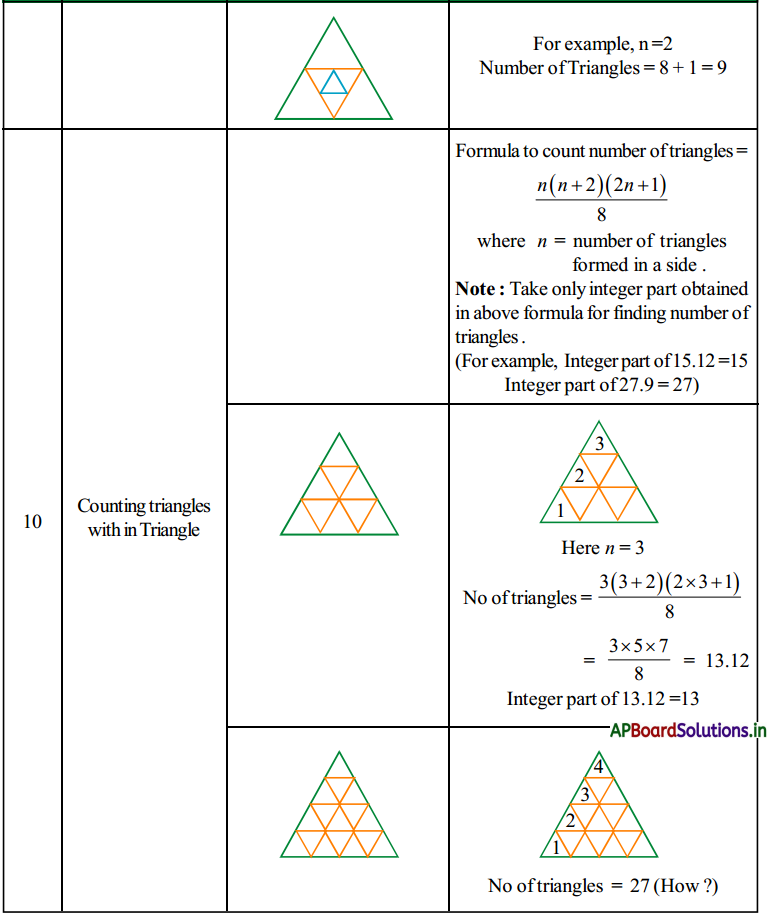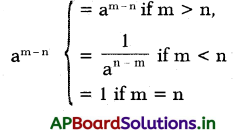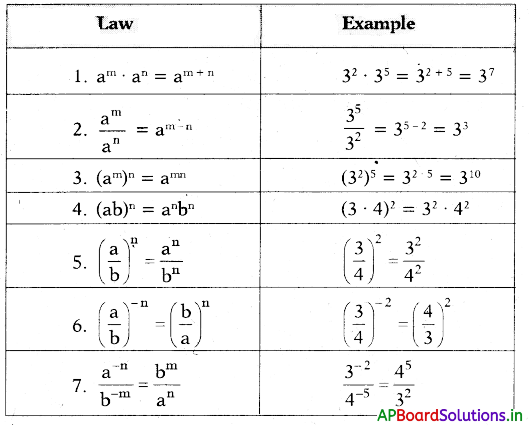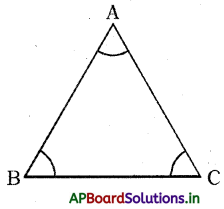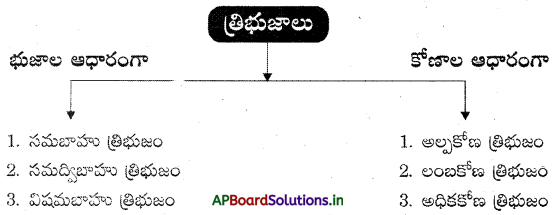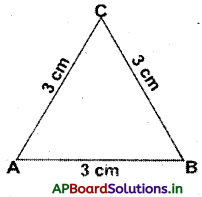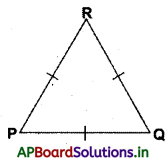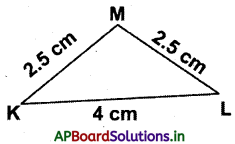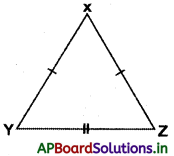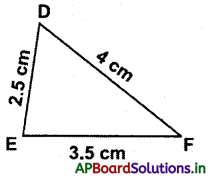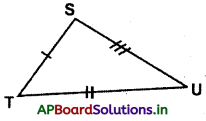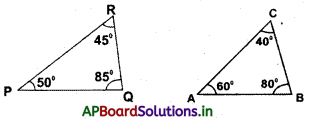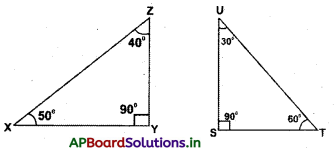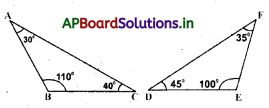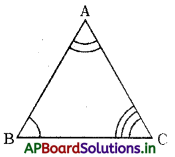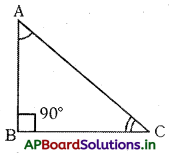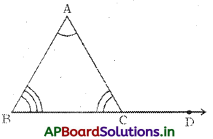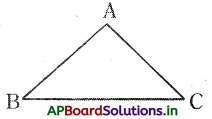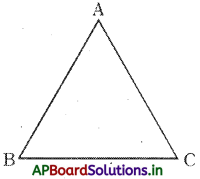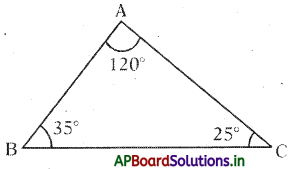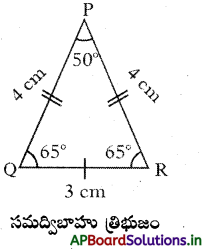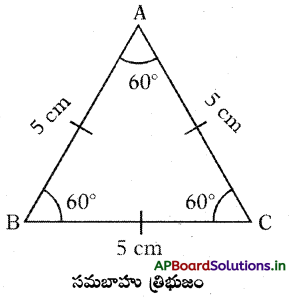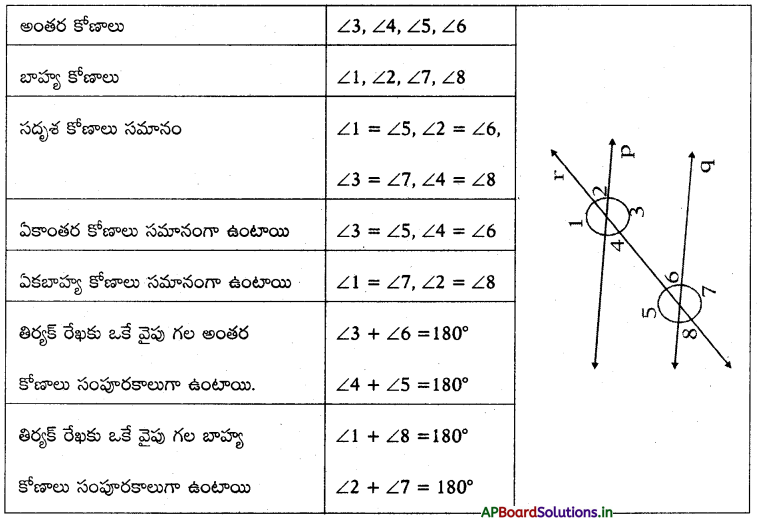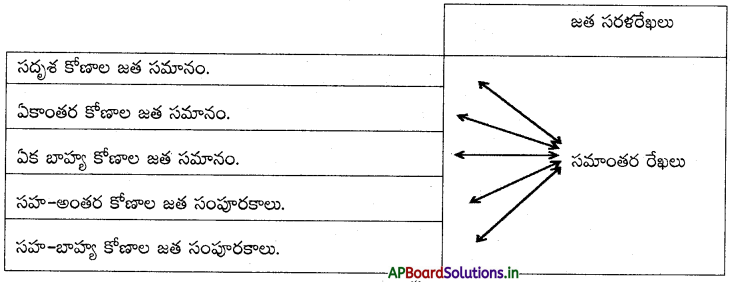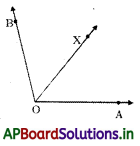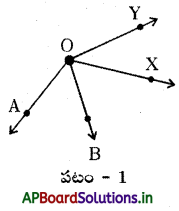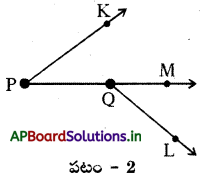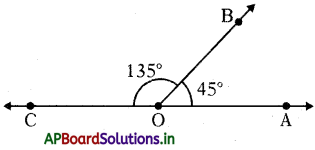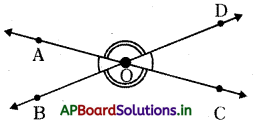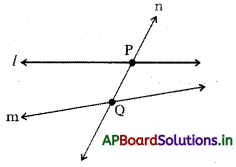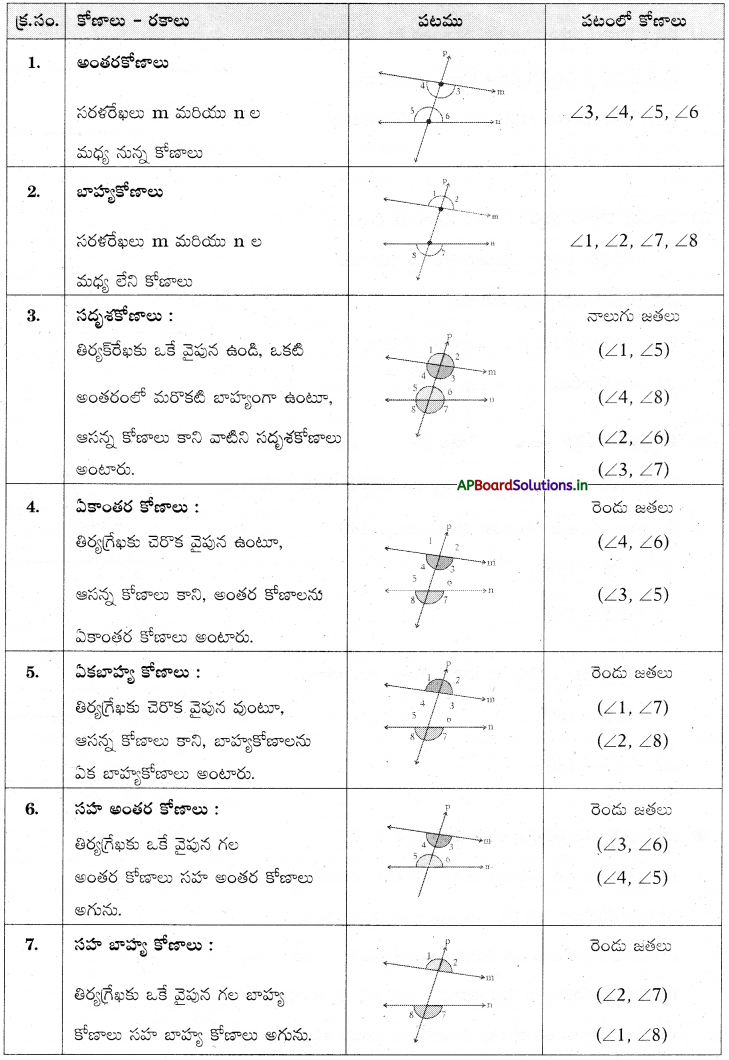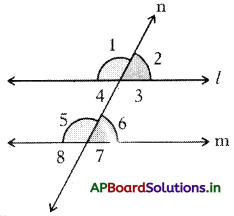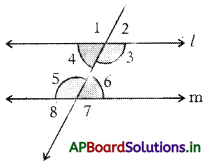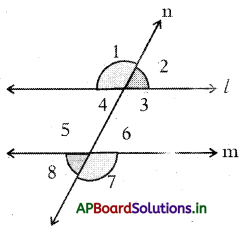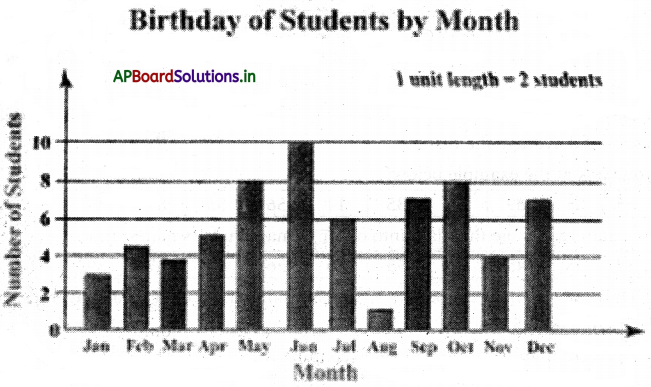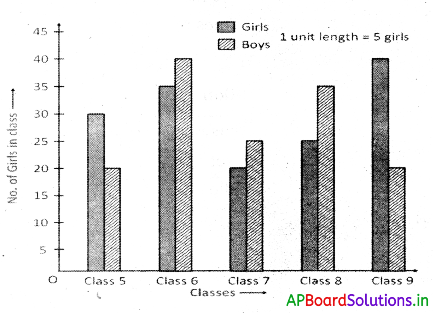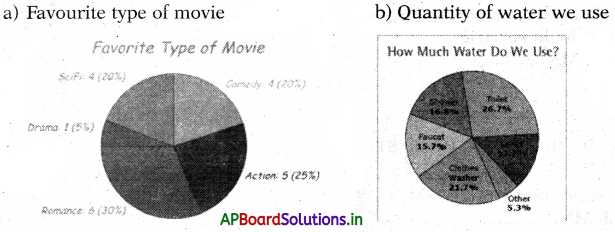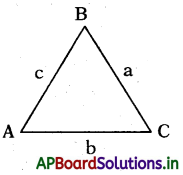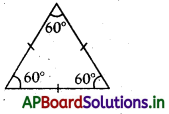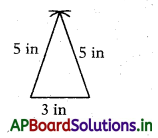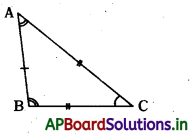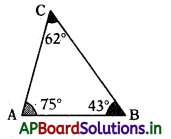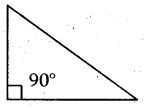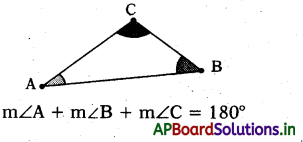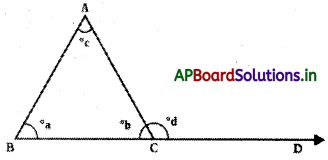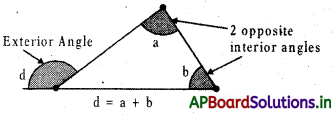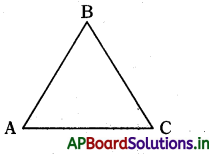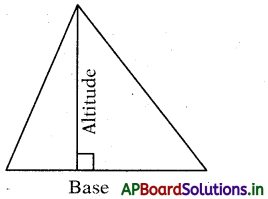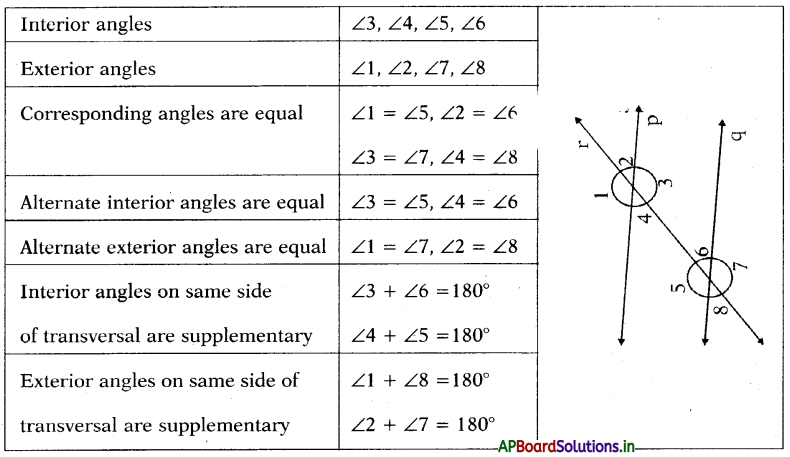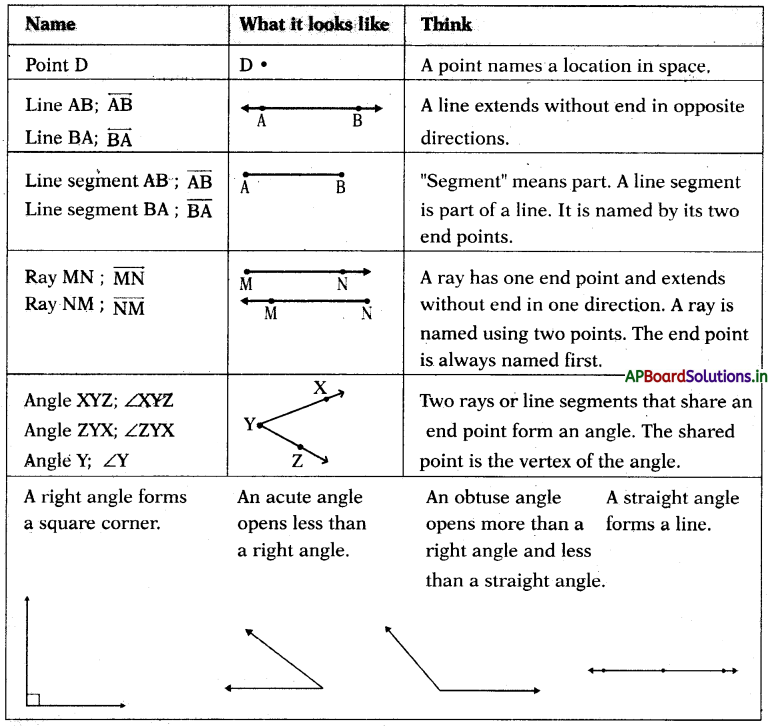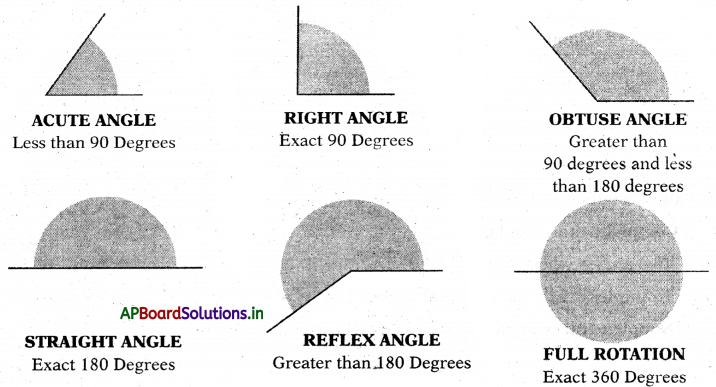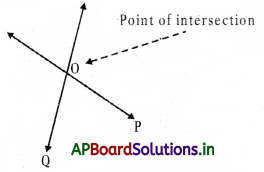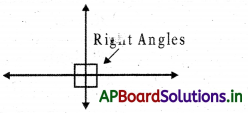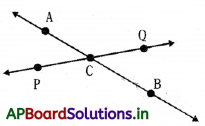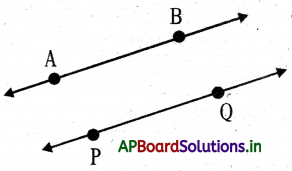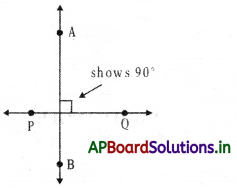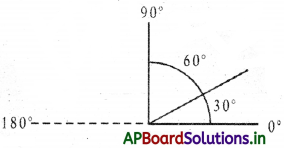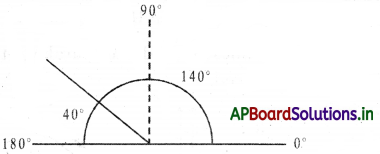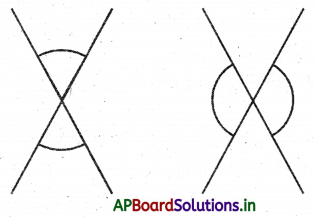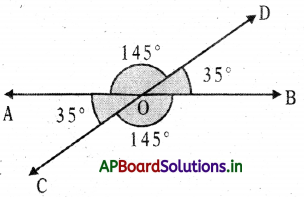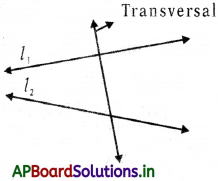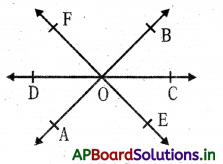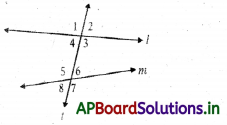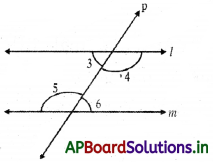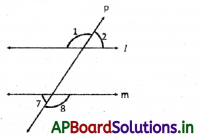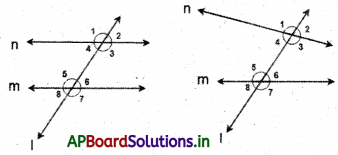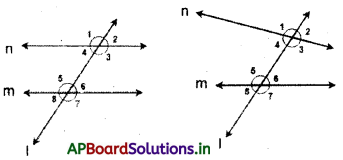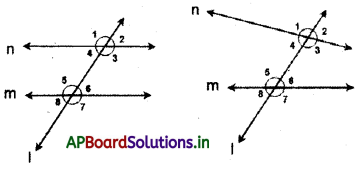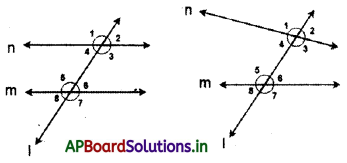Students can go through AP Board 7th Class Maths Notes 6th Lesson దత్తాంశ నిర్వహణ to understand and remember the concept easily.
AP Board 7th Class Maths Notes 6th Lesson దత్తాంశ నిర్వహణ
→ Dr. కాలియంపూడి రాధాకృష్ణరావు (C.R. రావు) – భారతదేశం : ప్రముఖ సాంఖ్యక శాస్త్రజ్ఞుడు. ఈయన రచించిన “థియరీ ఆఫ్ ఎస్టిమేషన్” అనే గ్రంథము ప్రాచుర్యము పొందినది. ఈయన క్రామర్ – రావు ఇనీక్వాలిటీ మరియు ఫిషర్ – రావు సిద్ధాంతా లను రూపొందించారు. గూడూరు, నూజివీడు, నందిగామ, విశాఖపట్నంలో ఆయన పాఠశాల విద్యను పూర్తి చేసారు. ఆంధ్ర విశ్వవిద్యాలయం నుండి గణితశాస్త్రంలో .M.A. చేసారు. ఆయన సర్ ఆర్.ఎ.ఫిషర్ ఆధ్వర్యంలో Ph.D. డిగ్రీ పొందారు.
→ సంఖ్యలు, పదాలు లేదా చిత్రాల రూపంలో సేకరించిన సమాచారమే “చత్తాంశము”.
→ సమాచారాన్ని సేకరించే పద్ధతిని బట్టి దత్తాంశాన్ని “ప్రాథమిక దత్తాంశము” మరియు “గౌణ (ద్వితీయ) దత్తాంశము” అనే రెండు రకాలుగా విభజించవచ్చు.
→ ఇచ్చిన దత్తాంశములోని గరిష్ఠ మరియు కనిష్ఠ విలువల మధ్య భేదాన్నే “వ్యాప్తి” అంటారు.
→ సర్వసాధారణంగా ప్రాతినిధ్య విలువ లేదా కేంద్రీయ స్థాన విలువగా “సగటు” లేదా “అంకగణిత సగటు”ను ఉపయోగిస్తారు.

→ అంకగణిత సగటు ఎల్లప్పుడూ అత్యల్ప మరియు అత్యధిక పరిశీలనా విలువల మధ్య ఉంటుంది.
→ దత్తాంశములో ఎక్కువ సార్లు పునరావృతం అయ్యే రాశిని “బాహుళకం” అంటారు.
→ ఒకే ఒక రాశి బాహుళకముగా గల దత్తాంశమును “ఏక బాహుళక దత్తాంశము” అని మరియు రెండు రాశులు బాహుళకముగా గల దత్తాంశమును “ద్వి బాహుళక దత్తాంశము” అంటారు.
→ దత్తాంశములోని రాశులను ఆరోహణ లేదా అవరోహణ క్రమములో అమర్చగా, ఆ అమరికలోని మధ్యమ విలువను . “మధ్యగతం” అంటారు.
![]()
→ దత్తాంశములో రాశుల సంఖ్య (బ) బేసి సంఖ్య అయిన మధ్యగతము \(\left(\frac{\mathrm{n}+1}{2}\right)\) వ పదము అగును.
→ ఇచ్చిన దత్తాంశములో రాశుల సంఖ్య (n) సరి సంఖ్య అయిన మధ్యగతము \(\left(\frac{\mathrm{n}}{2}\right)\) వ పదము \(\left(\frac{\mathrm{n}}{2}+1\right)\) వ పదాల సరాసరి.
→ దత్తాంశమును సమాన వెడల్పు గల ఉన్న కమ్మీల రూపములో ప్రదర్శించుటనే కమ్మీ చిత్రం అంటారు.
→ ఏకరీతి వెడల్పు కలిగిన కమ్మీలను ఉపయోగించడం ద్వారా ఒకే గ్రాఫ్ మీద రెండు విభిన్న దత్తాంశములను ప్రదర్శించుటను డబుల్ బార్ గ్రాఫ్ లేదా రెండు వరుసల కమ్మీ చిత్రం అంటారు.
→ వృత్తంను సెక్టార్లుగా విభజించుట ద్వారా దత్తాంశమును ప్రదర్శించుటనే వృత్తరేఖా చిత్రము లేదా పై చిత్రము – అంటాము. పై చిత్రంలో ప్రతీ సెక్టారు వృత్త కేంద్రం వద్ద చేసే కోణము (సెక్టారు వైశాల్యము) అది సూచించే అంశ విలువకు అనులోమానుపాతంలో ఉంటుంది.

→ ప్రాథమిక దత్తాంశము : వ్యక్తిగత అనుభవాలు, ఇంటర్వ్యూలు, ప్రత్యక్ష పరిశీలనలు, భౌతిక పరీక్ష మొదలైన పద్ధతుల ద్వారా ప్రత్యక్షంగా సేకరించిన దత్తాంశమును ప్రాథమిక దత్తాంశము అంటారు. దీనినే ముడిదత్తాంశము అని కూడా అంటారు. ఉదా : తరగతి ఉపాధ్యాయుడు వ్యక్తిగత మార్కుల రిజిష్టర్ లో నమోదు చేసిన మార్కులు.
→ గౌణ దత్తాంశము లేదా ద్వితీయ దత్తాంశము : గతంలో వేరొకరు సేకరించిన సమాచారాన్ని ప్రస్తుత అవసరాలకు పరిశోధకుడు ఉపయోగించుకున్న దత్తాంశమును గౌణ లేదా ద్వితీయ దత్తాంశం అని అంటారు.
ఉదా : గ్రామ జనాభా వివరాలను జనాభా లెక్కల రిజిష్టరు నుండి సేకరించడము.
→ కేంద్రీయ స్థాన మాపనములు : విభిన్న రూపములోని దత్తాంశములకు విభిన్న ప్రాతినిధ్య విలువలు అవసరమవుతాయి. ఈ ప్రాతినిధ్య విలువలను కేంద్రీయ స్థాన విలువలు అంటాము.
ఇవి : 1. అంకగణిత సగటు 2. బాహుళకము 3. మధ్యగతము.
1. అంకగణిత సగటు (లేదా) సరాసరి : అంకగణిత సగటు (సరాసరి) అనేది ఒక సంఖ్య. ఇది దత్తాంశములోని అన్ని పరిశీలనల యొక్క కేంద్రీయ స్థాన విలువను సూచిస్తుంది.

ఉదా : 32, 37, 25, 49, 36, 31 రాశుల సరాసరి ఎంత ?
జవాబు:

అంకగణిత సగటు (సరాసరి) దత్తాంశములోని అత్యల్ప మరియు అత్యధిక పరిశీలనా విలువల మధ్య ఉంటుంది. ఇది ఆ దత్తాంశంలోని పరిశీలనా విలువ కావచ్చు, కాకపోవచ్చును.
![]()
2. బాహుళకము : ఇవ్వబడిన దత్తాంశములో ఎక్కువసార్లు పునరావృతం అయ్యేరాశిని బాహుళకం అంటారు.
ఉదా – 1 : 6, 8, 5, 6, 6, 5, 7, 5, 6, 5, 4, 7, 6 ల బాహుళకం ఎంత ?
జవాబు:
ఇచ్చిన రాశులను ఒకే విలువ గల రాశులను ఒక క్రమ పద్ధతిలో అమర్చగా
4, 5, 5, 5, 5, 6, 6, 6, 6, 6, 7, 7, 8.
మిగతా వాని కన్నా 6 ఎక్కువసార్లు పునరావృతం అయినది.
బాహుళకం = 6
ఉదా – 2 : 3, 5, 4, 3, 6, 5, 8, 5, 6, 3, 2 రాశుల బాహుళకం ఎంత ?
జవాబు:
2, 3, 3, 3, 4, 5, 5, 5, 6, 6, 8.
మిగతా అన్నింటికన్నా ఎక్కువసార్లు 3 మరియు 5 లు సమానంగా రావడం జరిగినది.
బాహుళకం = 3 మరియు 5
→ ఒక దత్తాంశమునకు ఒకటి లేదా అంతకన్నా ఎక్కువ బాహుళకాలు ఉండవచ్చును. అలాగే ఒక్కొక్కసారి బాహుళకం ఉండకనూ పోవచ్చును.
ఉదా -1 :
మొదటి 10 సహజసంఖ్యల బాహుళకం ఎంత ?
జవాబు:
మొదటి 10 సహజ సంఖ్యలు : 1, 2, 3, 4, 5, 6, 7, 8, 9, 10
ఇందులో ఏ రాశి కూడా ఎక్కువసార్లు పునరావృతం కాలేదు. కాబట్టి ఈ దత్తాంశమునకు బాహుళకం లేదు.
ఉదా – 2 :
2, 3, 5, 4, 4, 2, 5, 3, 4, 3, 2, 5 రాశుల బాహుళకం ఎంత ?
జవాబు:
2, 2, 2, 3, 3, 3, 4, 4, 4, 5, 5, 5 (దత్తాంశంలోని రాశులను క్రమపద్ధతిలో అమర్చగా)
దత్తాంశంలోని రాశులు అన్ని సమానంగా పునరావృతం అవుతున్నాయి. ఈ సందర్భంలో ఇచ్చిన దత్తాంశమునకు బాహుళకం లేదు. ఇలాంటి దత్తాంశాన్ని బాహుళకరహిత దత్తాంశం అంటారు.
→ బాహుళకంగా ఒకే ఒక రాశిగల దత్తాంశమును “ఏక బాహుళక దత్తాంశం” అని, బాహుళకముగా రెండు రాశులు గల దత్తాంశాన్ని “ద్వి బాహుళక దత్తాంశము” అని అంటారు.
3. మధ్యగతము : దత్తాంశములోని రాశులను ఆరోహణ లేదా అవరోహణ క్రమంలో అమర్చగా, ఆ అమరికలోని
మధ్యమ విలువను మధ్యగతం అంటారు. మధ్యగతం దత్తాంశమును రెండు సమాన భాగాలుగా విభజిస్తుంది.
ఇచ్చిన దత్తాంశములోని రాశుల సంఖ్య (n) బేసి సంఖ్య అయిన మధ్యగతవ \(\left(\frac{\mathrm{n}+1}{2}\right)\)
వ రాశి అవుతుంది.
అలాగే దత్తాంశములోని రాశుల సంఖ్య (n) సరిసంఖ్య అయిన మధ్యగతము \(\left(\frac{n}{2}\right)\) వ రాశి మరియు \(\left(\frac{\mathrm{n}}{2}+1\right)\) వ రాశుల సరాసరి అవుతుంది.
ఉదా -1 :
20, 15, 17, 14, 21, 18, 19 రాశుల మధ్యగతము ఎంత ?
జవాబు:
ఇచ్చిన రాశులు ఆరోహణ క్రమములో అమర్చితే 14, 15, 17, 18, 19, 20, 21 పరిశీలనల సంఖ్య 7 ఒక బేసి సంఖ్య.
కావున, \(\frac{\mathrm{n}+1}{2}=\frac{7+1}{2}=\frac{8}{2}\) = 4వ రాశి మధ్య పదం అగును.
∴ మధ్యగతం = 18.
ఉదా – 2 :
13, 10, 12, 11, 14, 15 రాశుల మధ్యగతము ఎంత ?
జవాబు:
ఇచ్చిన రాశులు ఆరోహణ క్రమములో అమర్చితే 10, 11, 12, 13, 14, 15
పరిశీలనల సంఖ్య 6 ఒక సరి సంఖ్య. కావున, \(\left(\frac{n}{2}\right)\) వ మరియు \(\left(\frac{\mathrm{n}}{2}+1\right)\) పదాల సరాసరి మధ్యగతము ; n = 6
= \(\left(\frac{6}{2}\right),\left(\frac{6}{2}+1\right)\)
= 3, 4 పదాల సరాసరి అగును.
∴ మధ్యగతం = \(\frac{12+13}{2}=\frac{25}{2}\) = 12.5
→ వ్యాప్తి : దత్తాంశములోని గరిష్ఠ, కనిష్ఠ విలువల భేదాన్ని వ్యాప్తి అంటారు.
ఉదా :
6, 9, 3, 7, 11, 14, 2, 15 ల వ్యాప్తిని కనుగొనండి.
జవాబు:
వ్యాప్తి = గరిష్ఠ విలువ – కనిష్ఠ విలువ
దత్తాంశాన్ని ఆరోహణ క్రమంలో రాయగా
2, 3, 6, 7, 9, 11, 14, 15
వ్యాప్తి = 15 – 2 = 13
వ్యాప్తి కేంద్రీయ స్థాన విలువ కాదు.
అంకగణిత సగటు, బాహుళకం, మధ్యగతంలు కేంద్రీయ, స్థాన విలువలు.
![]()
→ కమ్మీ రేఖా చిత్రం : ఇచ్చిన సంఖ్యా దత్తాంశాన్ని సమాన వెడల్పు గల కమ్మీల రూపంలో ప్రదర్శించటాన్ని “కమ్మీ రేఖా చిత్రము” అంటారు. కమ్మీ రేఖా చిత్రంలోని కమ్మీల వెడల్పు సమానంగా ఉండును. మరియు కమ్మీల ఎత్తు (పొడవు) అది సూచించే అంశం యొక్క విలువకు అనులోమానుపాతంలో ఉంటుంది.
→ రెండు వరుసల కమ్మీ రేఖా చిత్రం (డబుల్ బార్ గ్రాఫ్) : ఏకరీతి వెడల్పు కలిగిన కమ్మీలను ఉపయోగించడం ద్వారా ఒకే గ్రాఫ్ (రేఖాచిత్రం) మీద రెండు విభిన్న దత్తాంశములను ప్రదర్శించుటను రెండు వరుసల కమ్మీ రేఖా చిత్రం (లేదా) డబుల్ బార్ గ్రాఫ్ అంటారు.
→ పై (π) రేఖా చిత్రం (లేదా) వృత్త రేఖా చిత్రము : వృత్తమును సెక్టార్లుగా విభజించుట ద్వారా దత్తాంశమును ప్రదర్శించుటనే వృత్త. రేఖాచిత్రము లేదా పై (π) రేఖా చిత్రము అంటారు.
